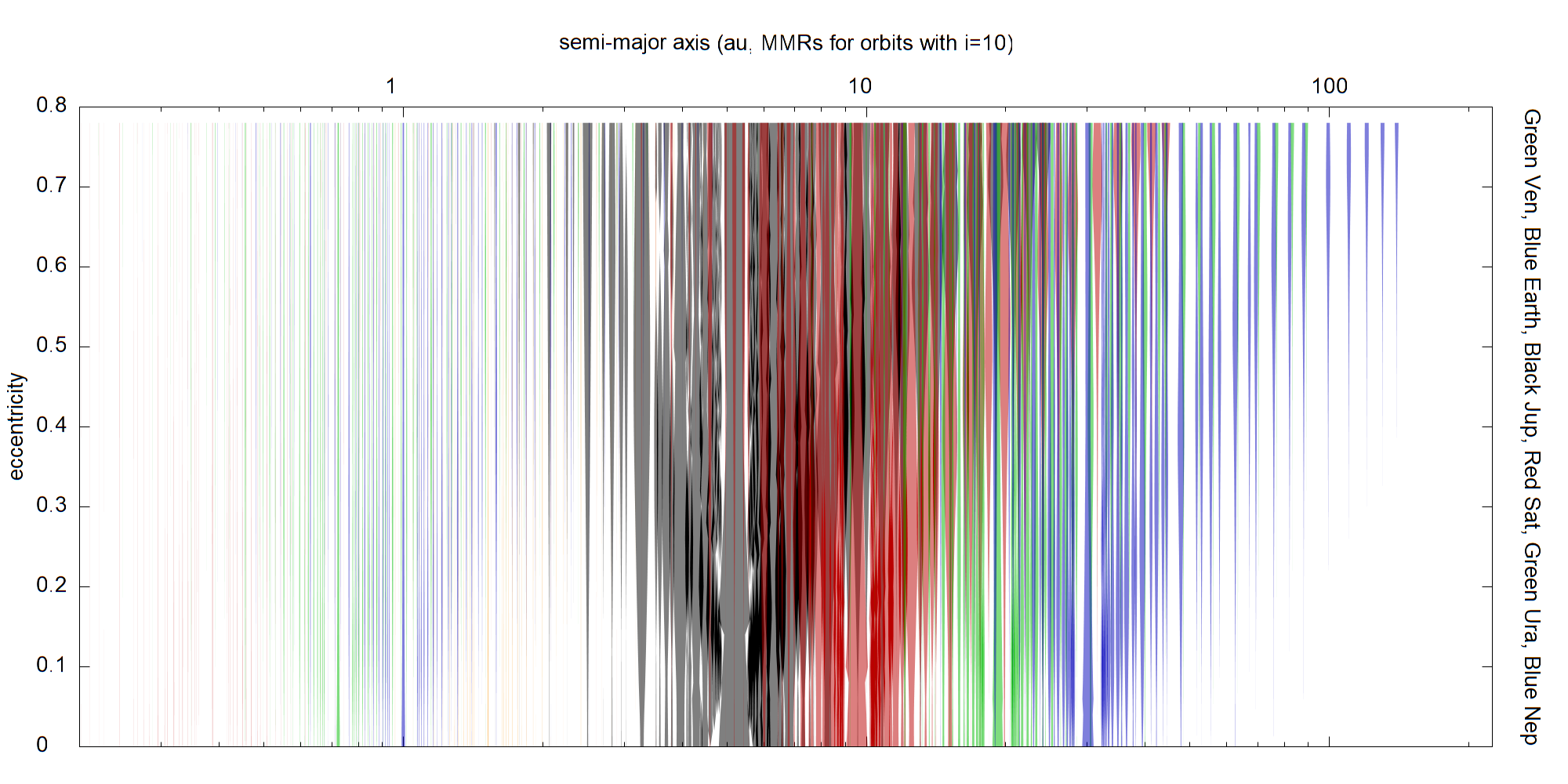ATLAS OF TWO BODY MEAN MOTION RESONANCES IN THE SOLAR SYSTEM
VERSION 2020
See updated version generalized to arbitrary planetary systems at
https://sites.google.com/view/mmresonances/home/2basteroidal
Tabare Gallardo
Departamento Astronomia, Facultad de Ciencias, Uruguay
https://sites.google.com/site/tabarega/
gallardo(at)fisica.edu.uy
